New Treasures: Strange Worlds
 Back on October 7th I reported on a promising little artifact called Strange Worlds, an anthology of sword and planet stories from Space Puppet Press, collected and edited by Jeff Doten.
Back on October 7th I reported on a promising little artifact called Strange Worlds, an anthology of sword and planet stories from Space Puppet Press, collected and edited by Jeff Doten.
Now I’m holding a copy in my hot little hands, and I can report that it’s just as cool as it looks.
Strange Worlds collects nine pieces of original fiction from Ken St. Andre, Charles A. Gramlich, Paul R. McNamee, Lisa V. Tomecek, Charles R. Rutledge, and others.
Each story is also illustrated by Doten with a full color plate, done in loving homage to the Ace Doubles of the 50s and 60s, where much of the most-loved sword & planet in the genre first appeared.
Doten also provides some fine black & white interior illustrations for each story.
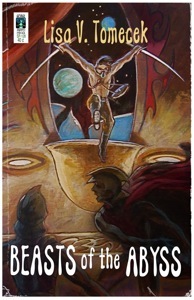
It’s very clear to me that Doten knows his stuff, and his love and knowledge of the genre comes across on every page. There’s even a three-page Suggested Reading list, an invaluable reference for modern fans covering virtually every major practitioner of the genre — from Edgar Rice Burroughs, Otis Adelbert Kline, Gardner Fox, Leigh Brackett, and Lin Carter, all the way up to more modern writers experimenting in the same playground, such as S.M. Stirling.
In his introduction Doten says Strange Worlds was “my effort to rectify the tragic lack of Sword and Planet stories in the modern world.” He has succeeded with flying colors.
Strange Worlds is 189 pages printed on quality stock in oversize format. It is available from Space Puppet Press for $27 plus $3.75 U.S. shipping, and richly deserves your support.
Order today from strangeworldsanthology.com.
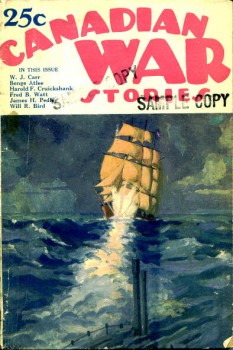
 A man of great height and greater girth, Judge Keith Hilary Pursuivant, after retiring from the bench, devoted his golden years to investigating the occult in the works of North Carolina author,
A man of great height and greater girth, Judge Keith Hilary Pursuivant, after retiring from the bench, devoted his golden years to investigating the occult in the works of North Carolina author, 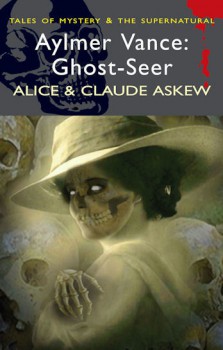 Aylmer Vance, agent of the enigmatic Ghost Circle, made his first appearance on the nightmare stage in 1914. The creation of husband-and-wife writing team Alice and Claude Askew, Vance appeared in eight consecutive issues of The Weekly Tale-Teller between July and August. The stories-“The Invader”, “The Stranger”, “Lady Green-Sleeves”, “The Fire Unquenchable”, “The Vampire”, “The Boy of Blackstock”, “The Indissoluble Bond” and “The Fear”-ranged from grotesque to gentle, and are, by and large, of a slower pace than those featuring Vance’s contemporaries, such as
Aylmer Vance, agent of the enigmatic Ghost Circle, made his first appearance on the nightmare stage in 1914. The creation of husband-and-wife writing team Alice and Claude Askew, Vance appeared in eight consecutive issues of The Weekly Tale-Teller between July and August. The stories-“The Invader”, “The Stranger”, “Lady Green-Sleeves”, “The Fire Unquenchable”, “The Vampire”, “The Boy of Blackstock”, “The Indissoluble Bond” and “The Fear”-ranged from grotesque to gentle, and are, by and large, of a slower pace than those featuring Vance’s contemporaries, such as 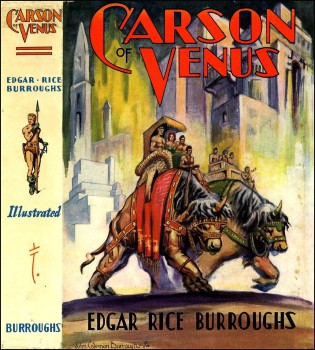 Five years have passed since Edgar Rice Burroughs wrote Lost on Venus, and the world has undergone a startling and disturbing metamorphosis. Something sinister and confusing is taking place in Europe, and across the Atlantic waters the people of the United States are growing concerned at the saber-rattling of Nazi Germany. The poverty-crippled period in which ERB wrote the previous Venus books has given way to a time of escalating fear of a second great war.
Five years have passed since Edgar Rice Burroughs wrote Lost on Venus, and the world has undergone a startling and disturbing metamorphosis. Something sinister and confusing is taking place in Europe, and across the Atlantic waters the people of the United States are growing concerned at the saber-rattling of Nazi Germany. The poverty-crippled period in which ERB wrote the previous Venus books has given way to a time of escalating fear of a second great war.
 William Hope Hodgson’s Carnacki outlived his creator with a tenacity that Hodgson, a bantam rooster of a man, would have appreciated. Thomas Carnacki, resident of 472 Cheyne Walk, London, first appeared in a series of five stories (“Gateway of the Monster”, “The House Among the Laurels”, “The Whistling Room”, “The Horse of the Invisible”, and “The Searcher of the End House”) in The Idler Magazine in the January through April, as well as June, issues of 1910. But despite Hodgson’s death in World War I, Carnacki carried on in a further four stories (“The Thing Invisible”, “The Hog”, “The Haunted Jarvee” and “The Find”) retrieved from Hodgson’s papers by his wife.
William Hope Hodgson’s Carnacki outlived his creator with a tenacity that Hodgson, a bantam rooster of a man, would have appreciated. Thomas Carnacki, resident of 472 Cheyne Walk, London, first appeared in a series of five stories (“Gateway of the Monster”, “The House Among the Laurels”, “The Whistling Room”, “The Horse of the Invisible”, and “The Searcher of the End House”) in The Idler Magazine in the January through April, as well as June, issues of 1910. But despite Hodgson’s death in World War I, Carnacki carried on in a further four stories (“The Thing Invisible”, “The Hog”, “The Haunted Jarvee” and “The Find”) retrieved from Hodgson’s papers by his wife. 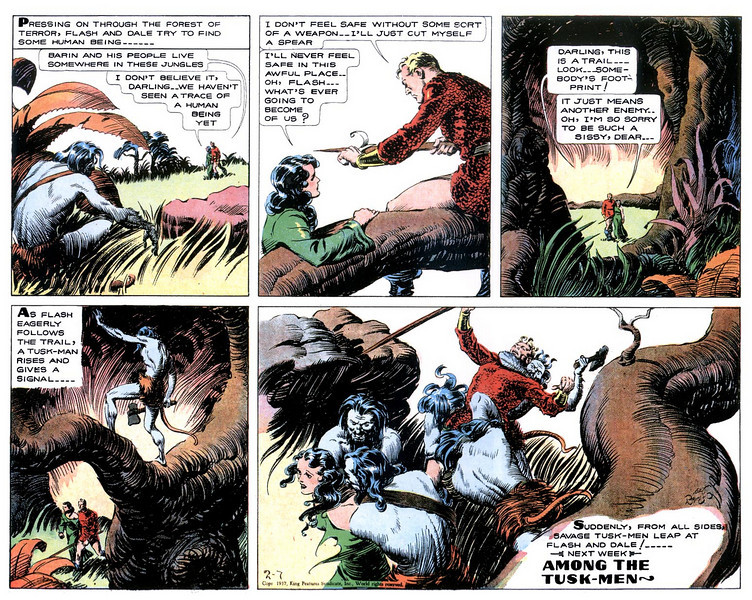


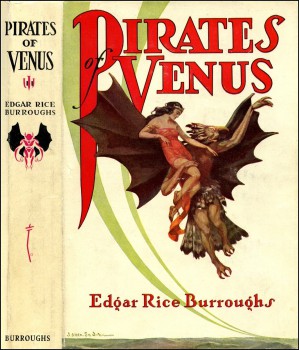 Next year brings the hundredth anniversary of Edgar Rice Burroughs’s first two published novels:
Next year brings the hundredth anniversary of Edgar Rice Burroughs’s first two published novels: